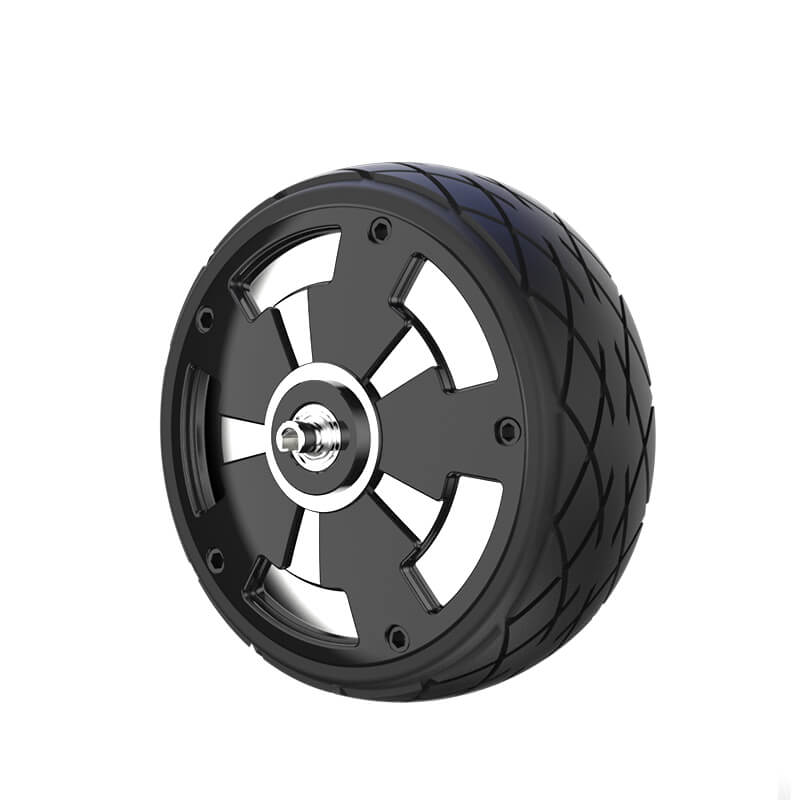Unlocking the World of Arduino with Servo Motors: A Gateway to Creative Engineering
Imagine a world where programming meets artistry, where tiny motors bring your ideas to life with precision and grace. That world is beautifully exemplified through Arduino servo motor projects—an exciting pathway into the realm of electronics, robotics, and automation. Whether you're a seasoned engineer or a curious beginner, working with Arduino's versatile servo motors opens doors to limitless possibilities, fostering innovation and hands-on learning.

What is an Arduino Servo Motor? Before diving into project ideas, it’s helpful to understand the star of the show. A servo motor, at its core, is a rotary actuator that allows precise control of angular position, velocity, and acceleration. Unlike standard motors, servos are designed with a built-in feedback mechanism, enabling them to be moved to a specific position and hold it accurately.
Arduino, the open-source microcontroller platform, makes controlling servo motors accessible and straightforward. With just a few lines of code and minimal wiring, you can command a servo to rotate, pause, and repeat tasks automatically or interactively.
Why Choose Servo Motors for Projects? Servo motors are prized in DIY projects for several reasons:
Precision Control: Ability to set the exact position, making them perfect for applications requiring accuracy. Ease of Use: Simple interface with Arduino, especially with the Servo library. Versatility: Suitable for robotics, automation, art installations, and more. Cost-Effectiveness: Affordable components that fit within hobbyist budgets.
Getting Started with Arduino and Servo Motors Embarking on your project journey begins with some basic tools:
An Arduino board (Uno, Mega, Nano, etc.) A servo motor (commonly the SG90 or MG90S for small projects) Jumper wires A breadboard (optional but helpful) Software: Arduino IDE
Once armed with these, it's time for your first electrifying experiment—controlling a servo motor with a simple sketch.
Your First Arduino Servo Motor Program Here's a quick snippet to rotate the servo to different angles:
#include Servo myServo; // create servo object void setup() { myServo.attach(9); // attach servo to pin 9 } void loop() { for (int pos = 0; pos <= 180; pos += 1) { // from 0 to 180 myServo.write(pos); // tell servo to go to position in variable 'pos' delay(15); // waits 15ms for the servo to reach the position } for (int pos = 180; pos >= 0; pos -= 1) { // from 180 to 0 myServo.write(pos); delay(15); } }
This fundamental code sweeps the servo back and forth, demonstrating how easy it is to animate mechanical movement with Arduino.
Established in 2005, Kpower has been dedicated to a professional compact motion unit manufacturer, headquartered in Dongguan, Guangdong Province, China.




































